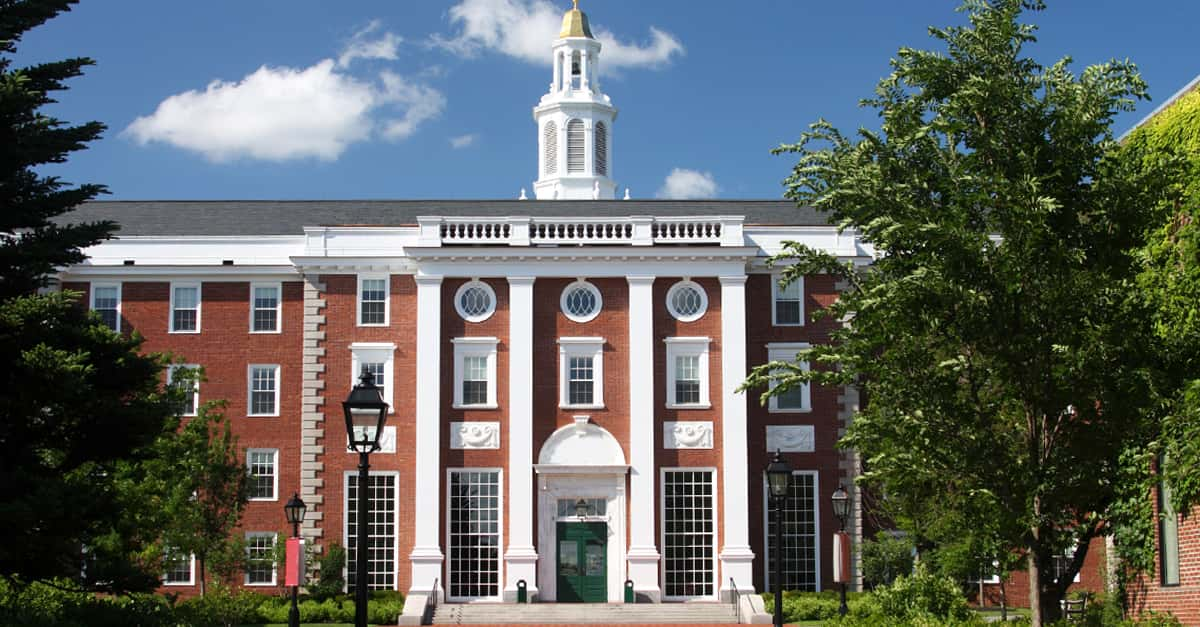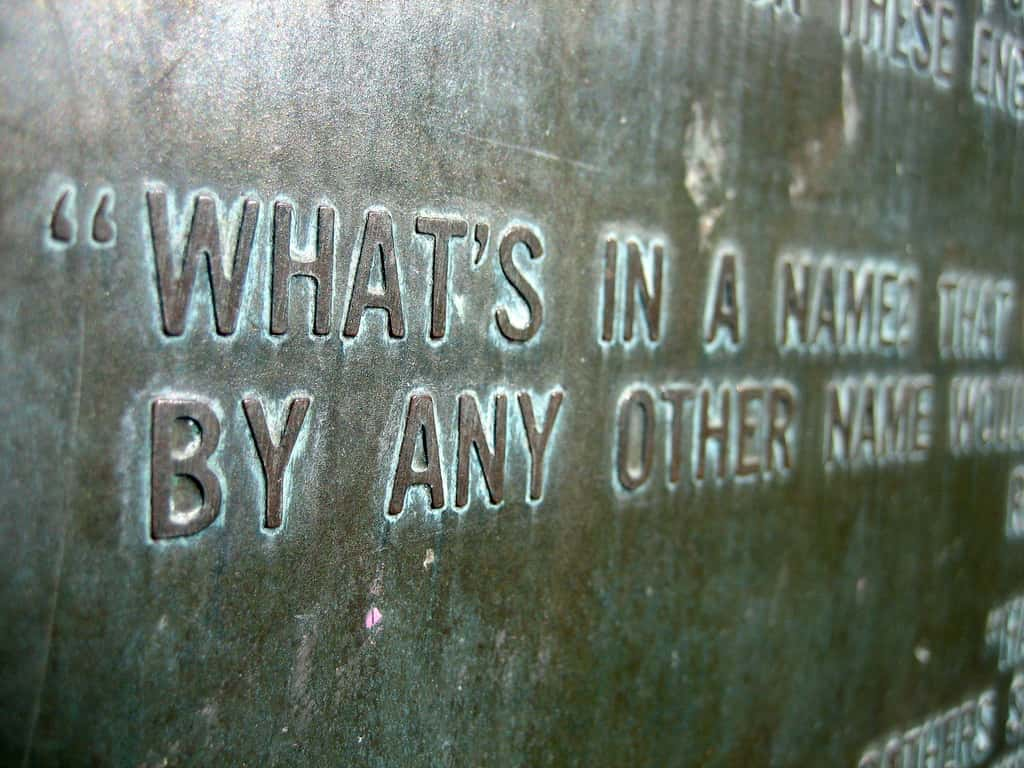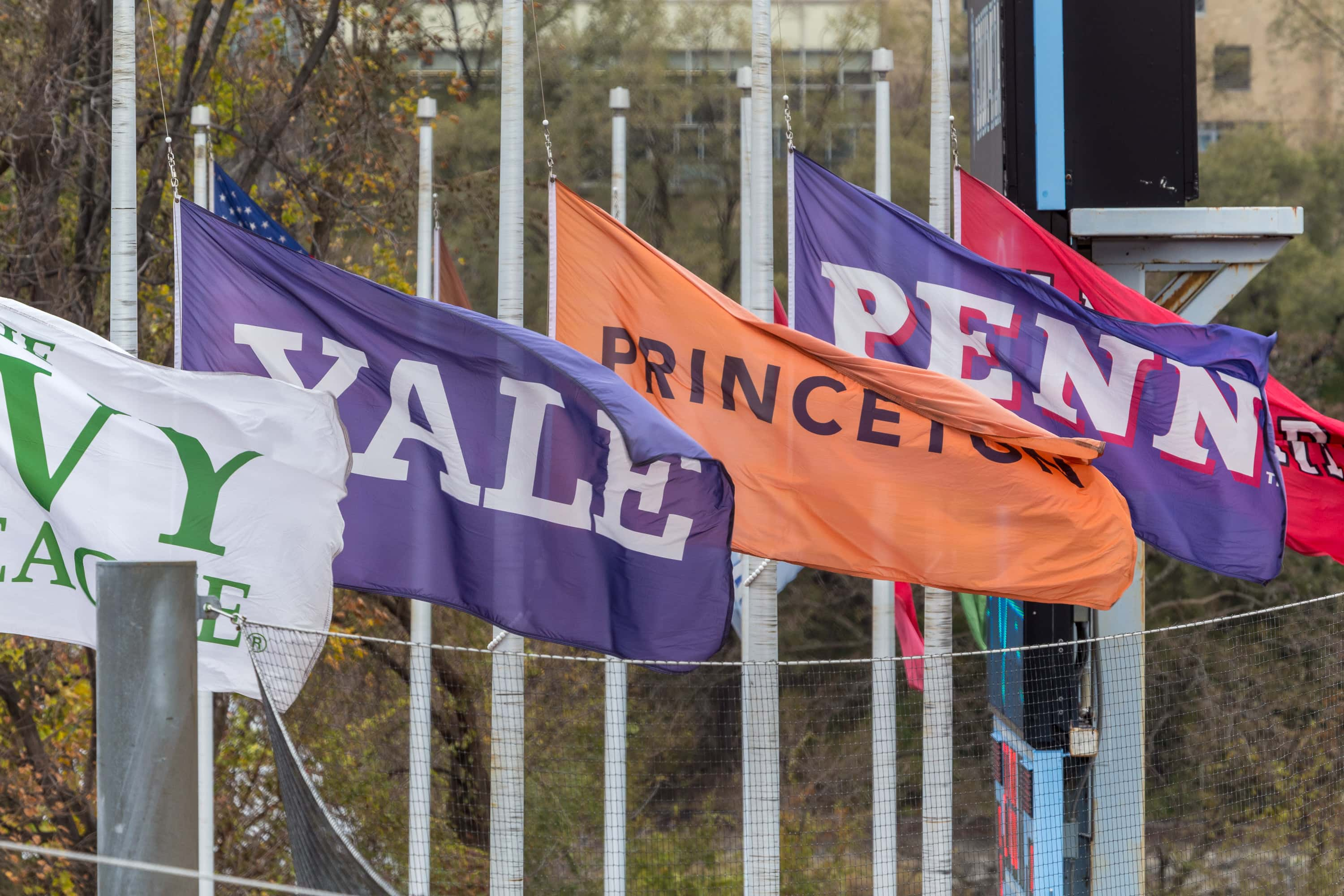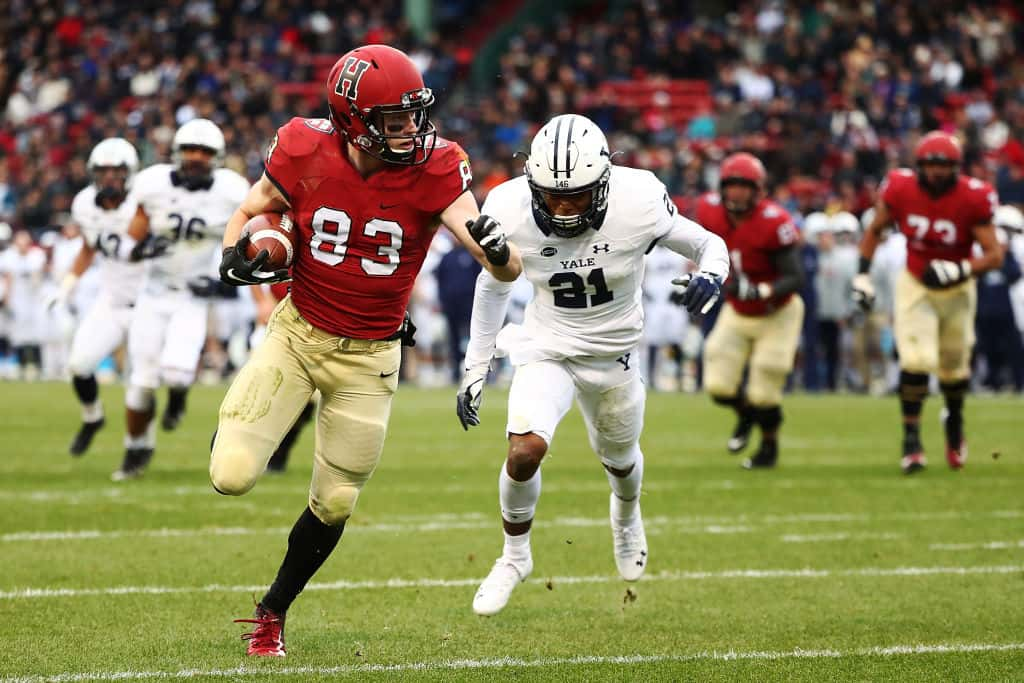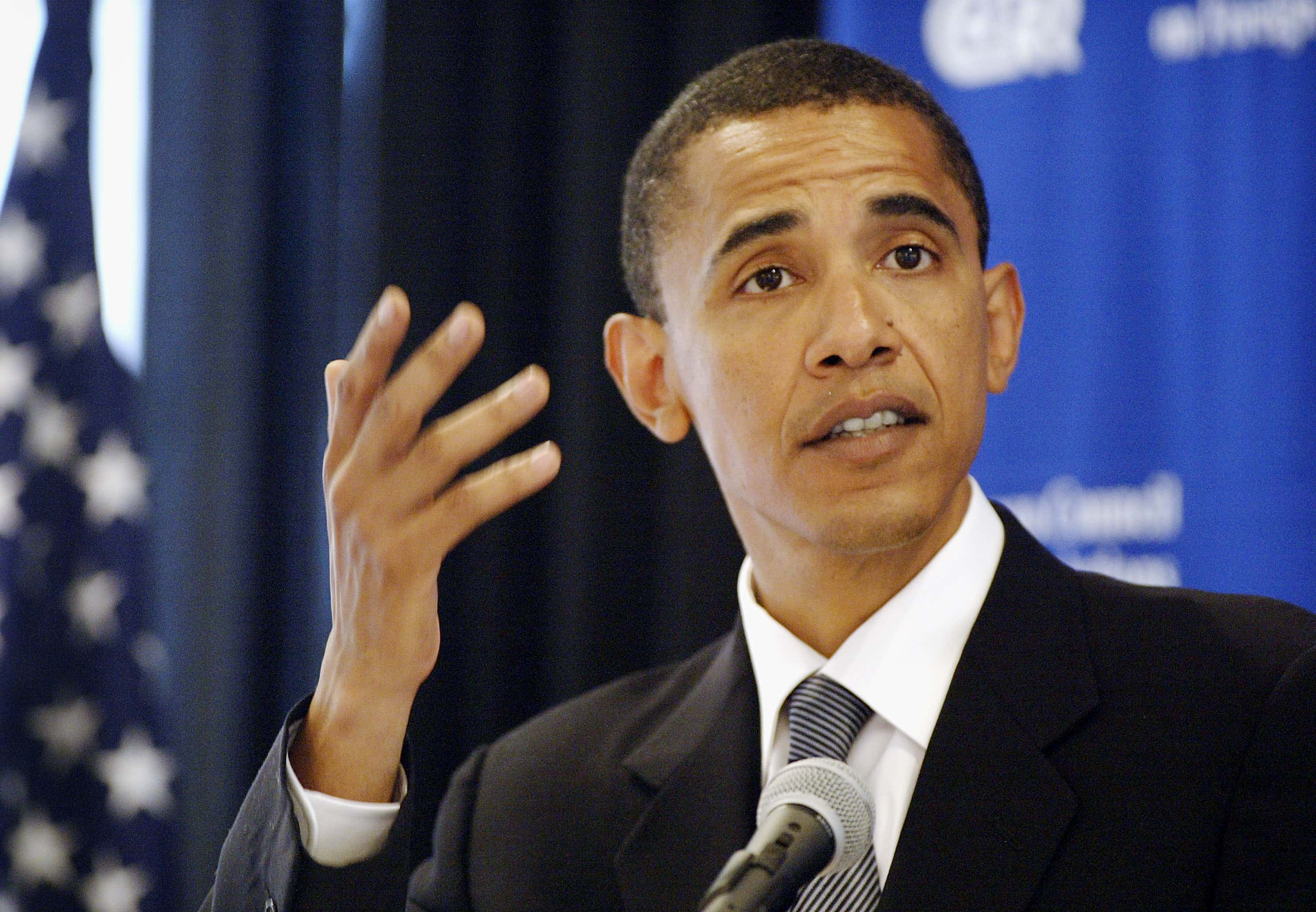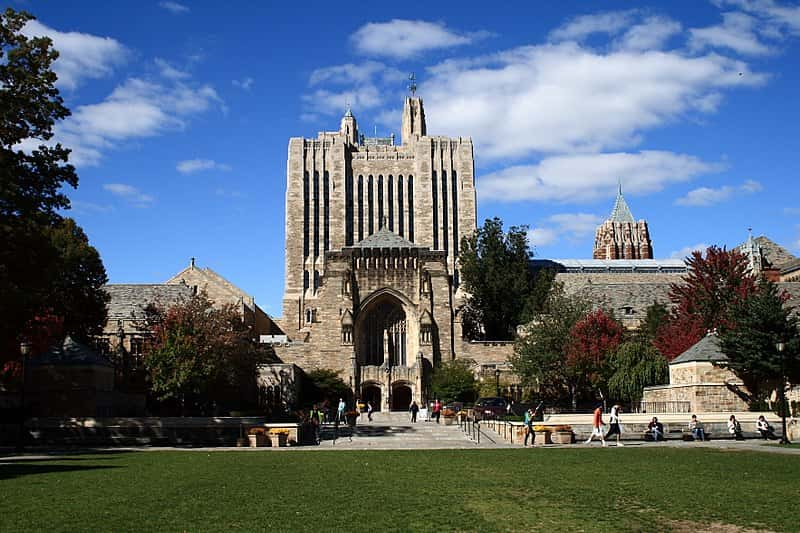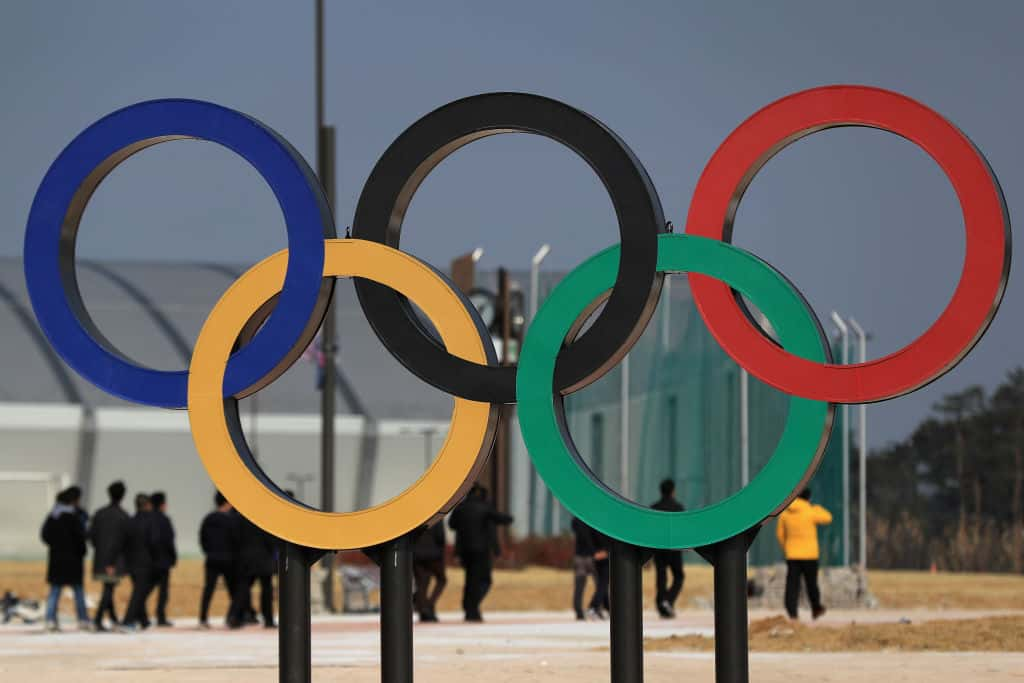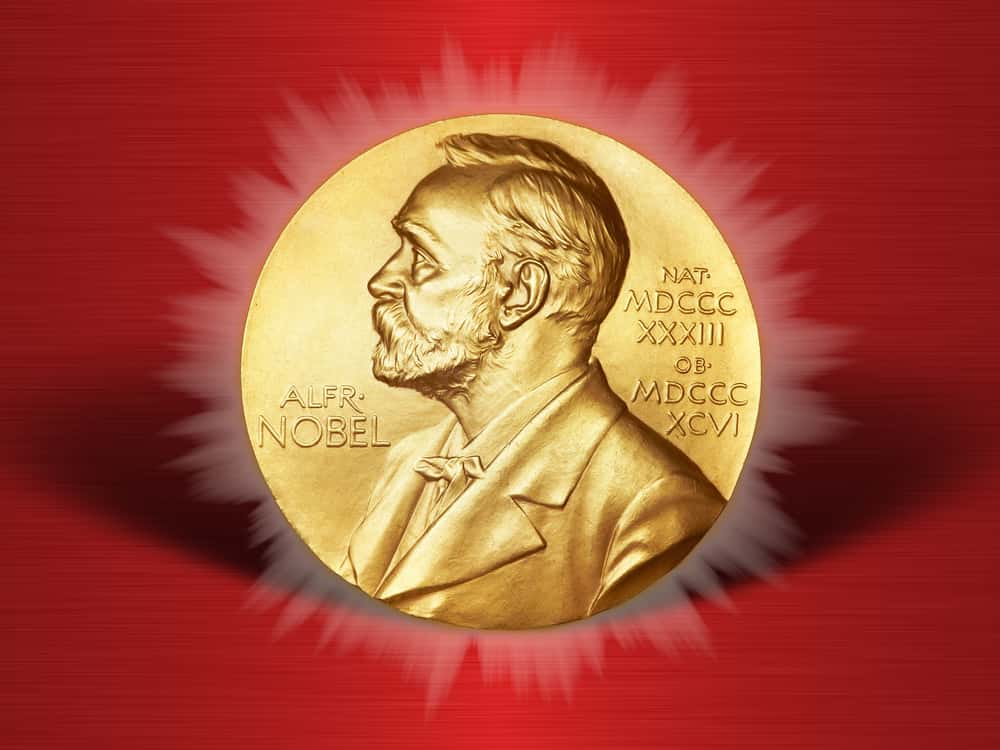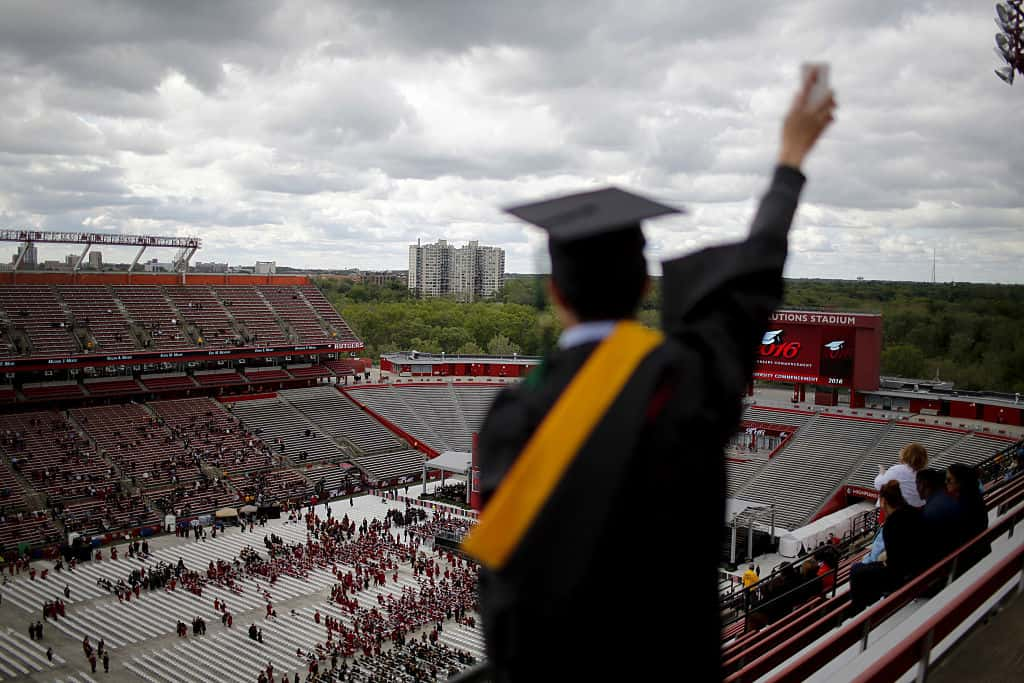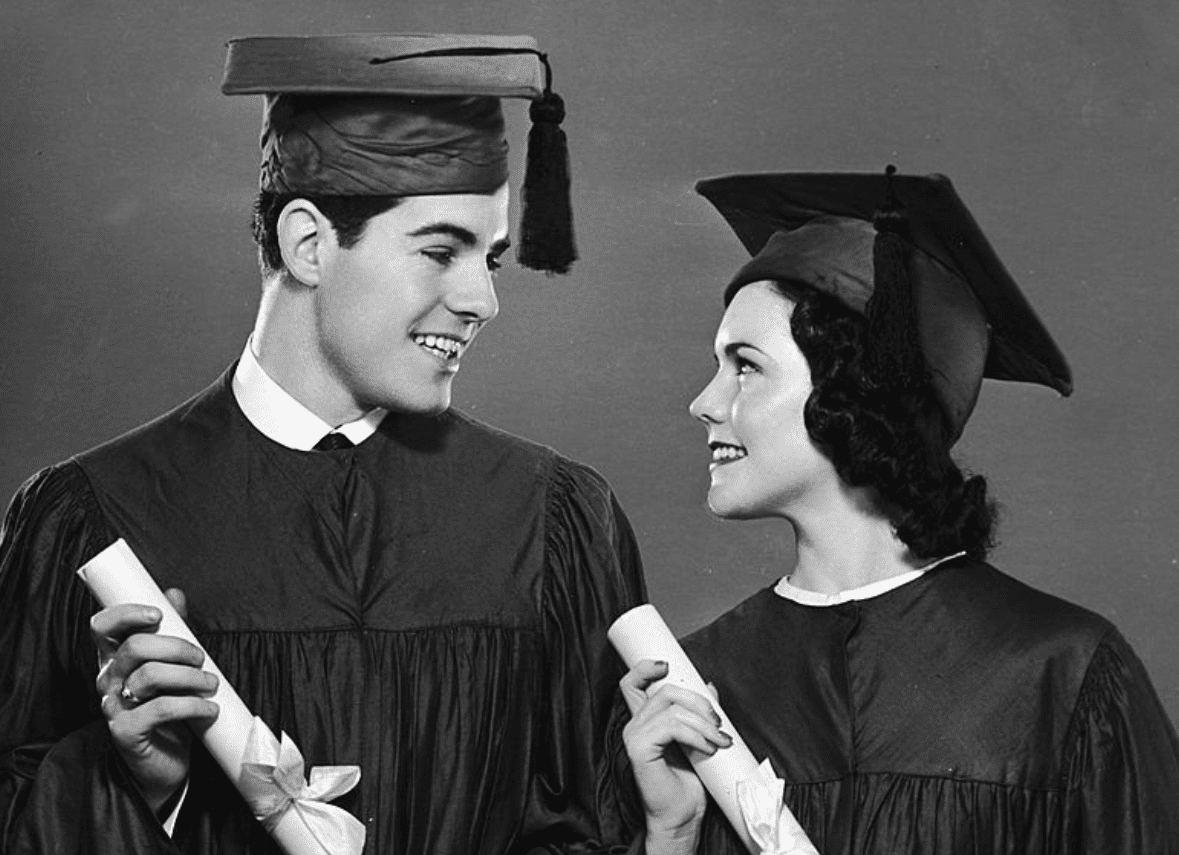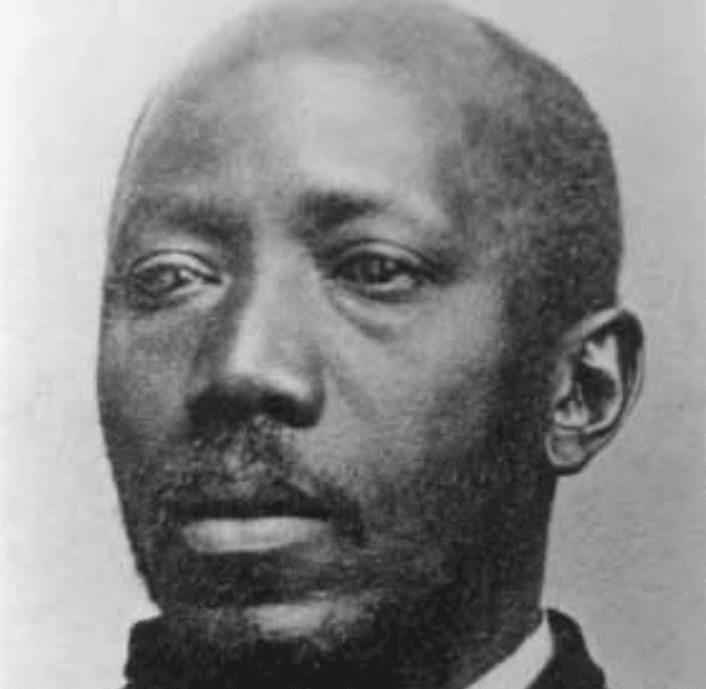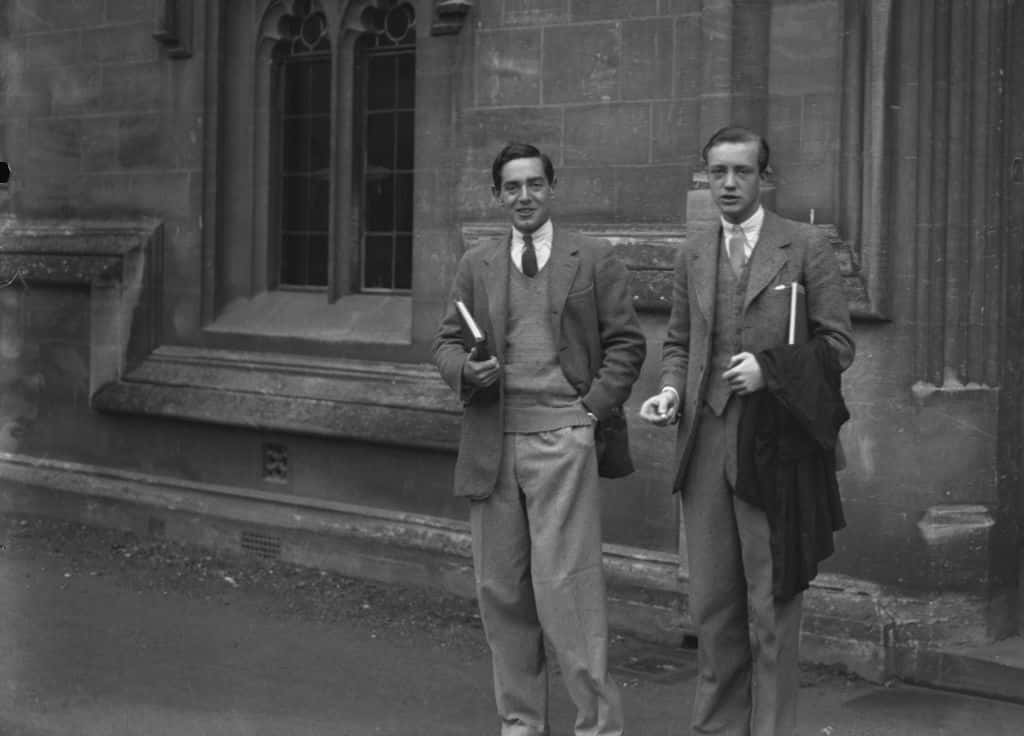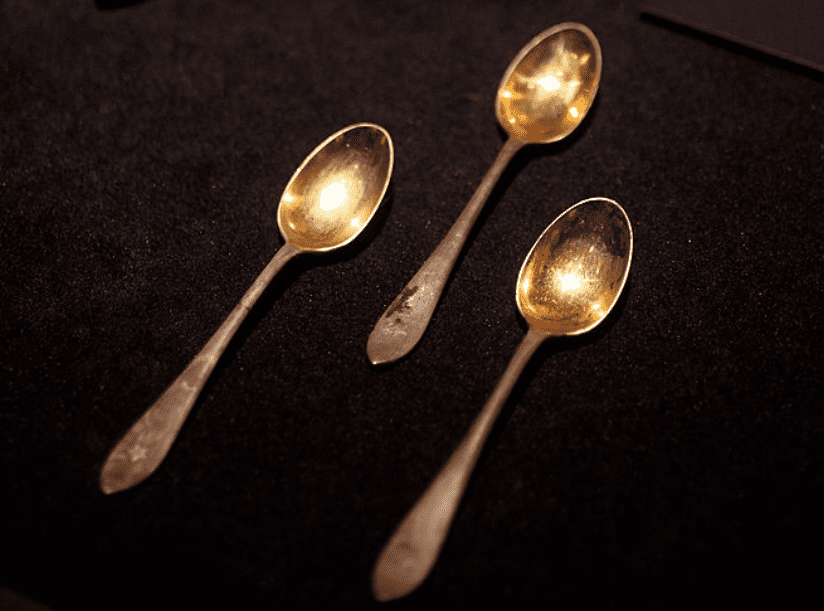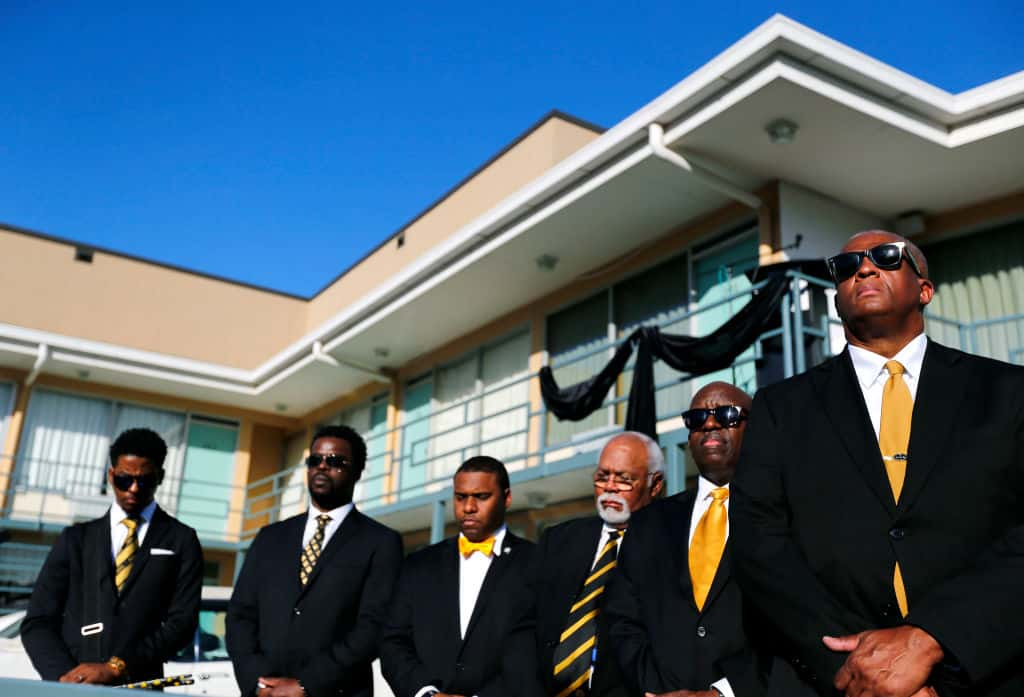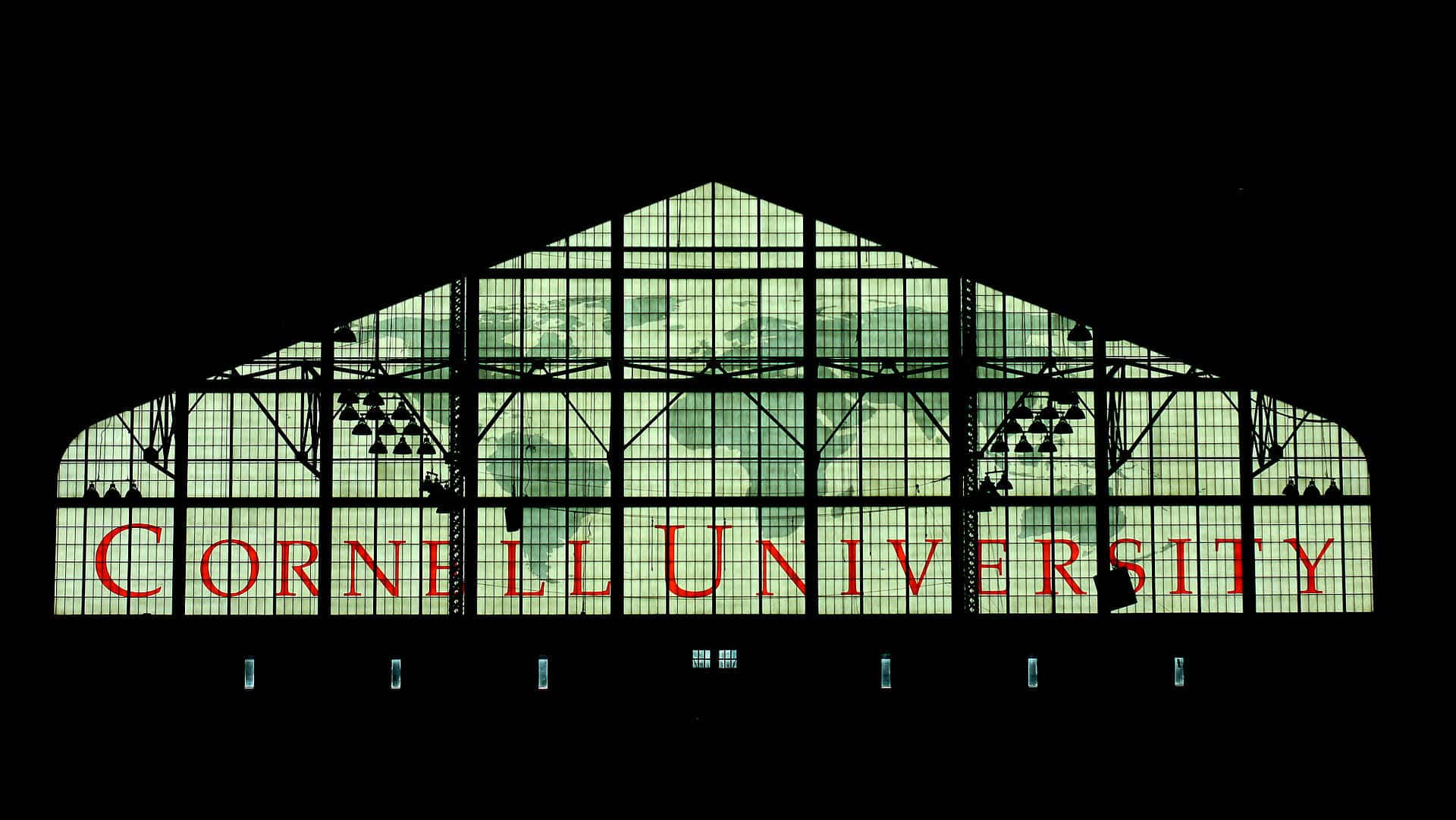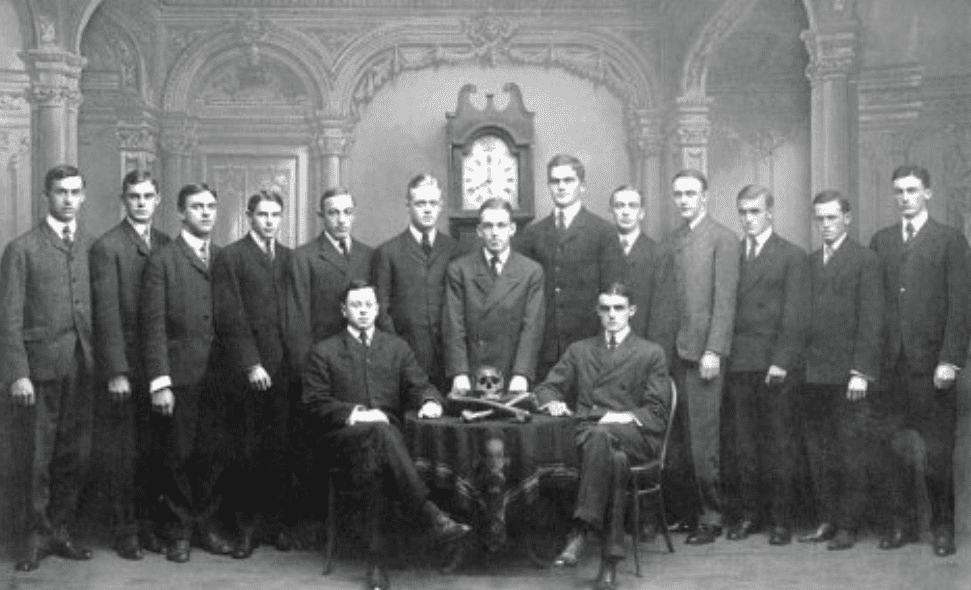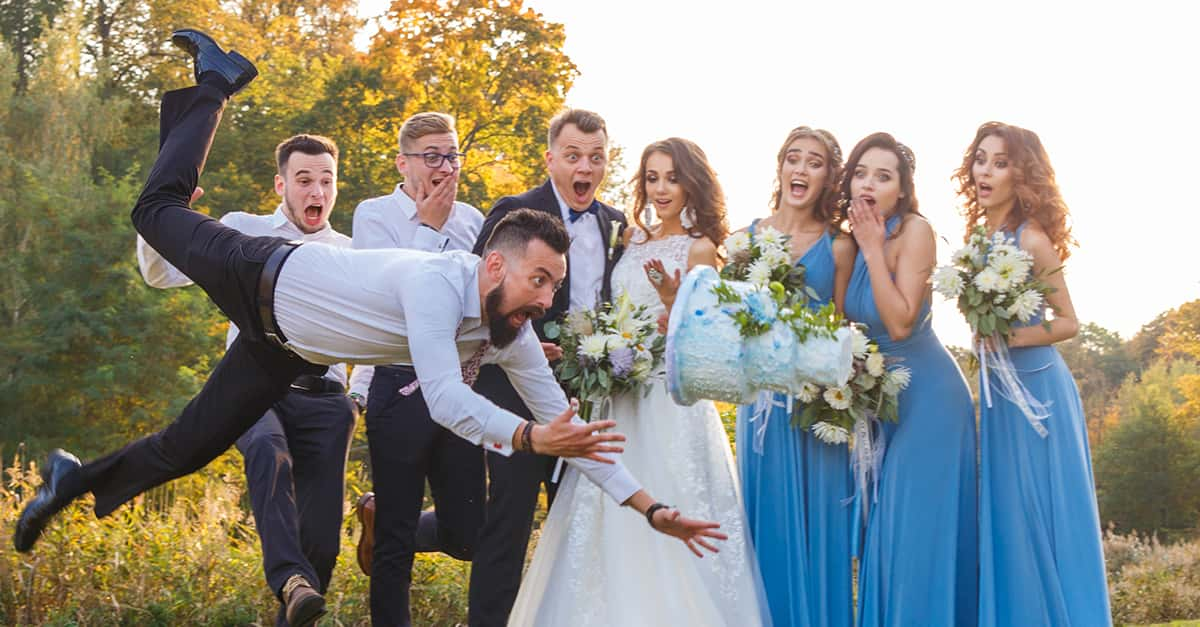Long revered for their rich history of academic excellence, the eight elite schools of the Ivy League, located in the northeastern United States, continue to draw the best and brightest of applicants and produce some of the most distinguished and accomplished citizens of the world. A degree from one of these highly selective schools continues to be associated with personal and material success, and it is estimated that only .02 percent of the American population can count themselves among the Ivy League alumni. Here are 24 facts about the Ivy League that you might find educating.
Ivy League Facts
24. Where Does the Ivy Come In?
No one really knows for sure where the term “Ivy League” came from, but according to Dartmouth history Professor Jere Daniell, it was likely coined by a disgruntled New York Herald-Tribune sportswriter in 1937. Assigned to cover the Columbia versus University of Pennsylvania football game instead of a game played by his alma mater, the reporter used the term “Ivy League” to refer to the venerable, old ivy-covered colleges whose football game he wasn’t too keen on covering.
23. Old and Venerable Is Right
Seven of the eight Ivy League colleges date back to the pre-revolutionary days of the colonial United States. Harvard University was founded in 1636, Yale in 1702, and Benjamin Franklin himself established the University of Pennsylvania in 1740. Brown, Princeton, Columbia, and Dartmouth were founded between 1746-1769. Cornell is the youngest Ivy, and was founded in the very recent year of 1865.
22. Sports Over Academics
Originally, the elite status of today’s Ivy League schools was based on the prestige of their sports teams. In 1902, Columbia, Harvard, Princeton, Yale, and Cornell formed the Eastern Intercollegiate Basketball League. In 1936, the Ivy Group was established to set intercollegiate standards for football, and in 1954 this agreement was extended to all intercollegiate sports. This was the official birth of the sport-based “Ivy League.”
21. POTUS Prep
Of the 44 US Presidents, 15 attended Ivy League schools, including Harvard, Yale, Princeton, and the University of Pennsylvania. Harvard boasts the highest number of presidential alumni with a total of eight.
20. How Smart Do You Have to Be?
97 percent of applicants to Columbia University and Yale are in the top 10 percent of their high school class. On average, Ivy League schools accept only about nine percent of applicants. For the Harvard Class of 2021, there were 39,506 applicants; 2,037 were accepted.
19. Olympic Glory
In the 2014 Olympic games in Sochi, athletes from Ivy League schools won six medals, and in the overall history of the games athletes from these prestigious schools have garnered 490 Olympian medals.
18. Nobel Laureates
Harvard University is the top ranking institutional winner of the prestigious Nobel Prize in the world, currently boasting 151 Nobel laureates.
17. Does Attending an Ivy Pay Off?
The average tuition cost for Ivy League colleges in 2018 is around $US 50,000 per year. Conventional wisdom has held that the high price was worth it because a degree from one of these elite colleges would result in higher post-graduation earnings. Shattering this long-held myth, a 1999 study by famed economists Alan Krueger and Stacy Dale concluded that students who graduate from expensive Ivy League schools do not necessarily go on to earn more money than those who graduate from less prestigious schools. An updated study from 2011 clarifies that SAT scores, rather than admission to an elite college, are better predictors of career and financial success.
16. Hollywood Harvard
Harvard University banned Hollywood from filming on campus in 1970 after the filming of Love Story caused damage to the property. Since then, movies set in Harvard, like The Social Network, Good Will Hunting, and Legally Blonde, have actually been filmed on other campuses.
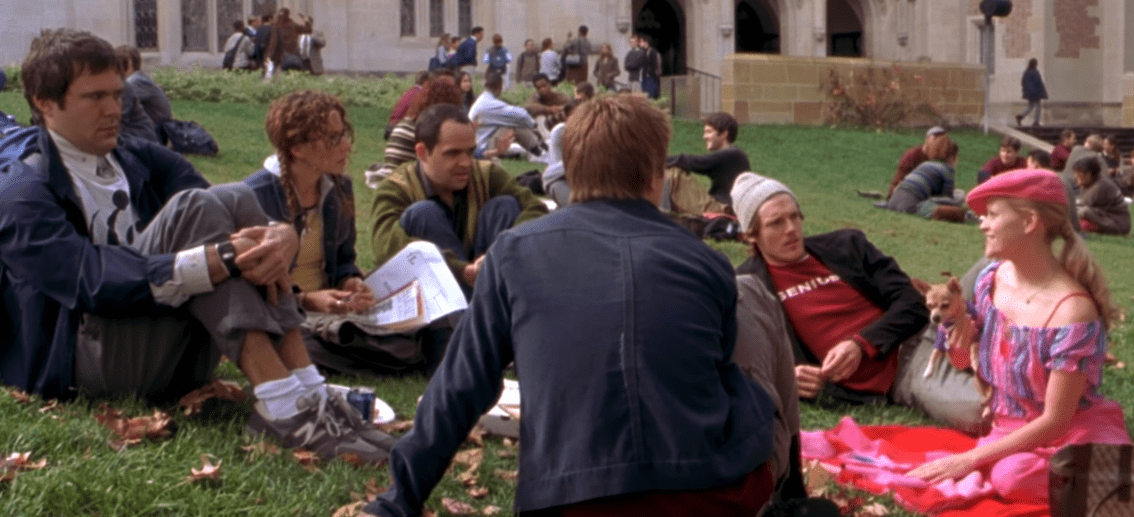 Legally Blonde,Metro Goldwyn Mayer
Legally Blonde,Metro Goldwyn Mayer
Legally Blonde

History's most fascinating stories and darkest secrets, delivered to your inbox daily.
15. A Long Time Coming
The male bastion of the Ivy League was breached in 1969 when Yale and Princeton began to admit women, and Cornell (which had technically been admitting women since 1872), Brown, Darmouth, and Harvard followed. The University of Pennsylvania had special women's schools, but founded the College of Liberal Arts for Women in 1933. The latest school to admit women was Columbia, in 1981. 1981.
14. Looking the Part
The fashion style known as “preppy,” exemplified today by such apparel brands as Lacoste and Ralph Lauren, is an offshoot of the “Ivy League” style popular on elite campuses in the early 20th Century. The apparel incorporates elements suggestive of upper class New England leisure activities such as sailing, tennis, rowing, lacrosse, and horseback riding, and is still popular on Ivy League campuses.
13. First African-Americans at Harvard (Almost)
In 1850, the first black students were accepted into Harvard Medical School. Under protest from white students, however, the acceptances were rescinded. One of these students was Martin Robison Delany, the son of a slave, who during the Civil War led the first all-black Army corps. Delany also promulgated a return to Africa movement for American Blacks, unconvinced that there would ever be full racial equality in the United States.
12. Singing Scholars
Started in 1909 around a congenial table in a local tavern, the Whiffenpoofs of Yale is the oldest collegiate singing group in the world. Originally a quartet, the group is now comprised of 14 male senior year “Whiffs” who carry on the time-honored tradition of a cappella singing.
11. Not-So-Proud History
By the 1920s, almost half the students at Columbia University and more than a quarter at Harvard University were Jewish. Yale and Princeton had far lower percentages, but sought to curtail the trend. The schools began to impose thinly veiled quotas, rejecting Jewish students on non-academic bases such as lack of moral character or “manly vigor.” Harvard successfully reduced Jewish enrollment to 15 percent, a trend that would continue through the 1950s. Current day lawsuits assert that Asian students are being similarly limited by Ivy League Admissions policies.
10. Dining in Style
Described in F. Scott Fitzgerald’s novel This Side of Paradise as “detached and breathlessly aristocratic,” Princeton’s Ivy Club remains today the most prestigious and expensive eating club on campus. To be accepted, a candidate must undergo 10 rigorous screening interviews and win unanimous approval by the members. Notable alumni of the Ivy Club include U.S President Woodrow Wilson, financier and philanthropist Laurence Rockefeller, and the late Saudi Arabian Foreign Minister Saud bin Faisal bin Abdul Aziz.
9. Family Ties
The practice of legacy admission—giving special preference to applicants related to alumni—is still widely practiced in the Ivy League. Legacy students typically have lower SAT scores than the rest of the applicant pool, but their familial connections make them more likely to be accepted into an Ivy League school. Legacies account for 10 to 30 percent of newly admitted students in the Ivy League.
8. Early Acceptance
At 12 years old, Korean-American Jeremy Shuler is the youngest student to be accepted into Cornell University. Home-schooled by his mother, an aerospace engineer, Jeremy was reading books in both Korean and English at two and enjoying calculus by the time he was six. He began his Ivy League career in 2016.
7. The Face of Change
Though almost all Ivy League students were once wealthy, white, and Protestant, in recent years minority students have accounted for more than 43 percent of new students.
Harvard University
6. Rites of Spring
Though not the source of the term “Ivy League,” there actually was a special class day ceremony at some Ivy League schools during the 1800s known as “planting the ivy.” Ivy Day at the University of Pennsylvania began with the planting of ivy by the graduating class in the spring of 1873. Records from The Harvard Crimson tell of an “ivy oration” that accompanied the planting. A similar tradition was practiced at Yale.
5. A Foreign Affair
While the size of freshman classes at American Ivy League Schools grew by five percent between 2004 to 2014, the population of foreign students increased by 45 percent during this time period. Famous international Ivy Leaguers include Current Secretary General of the United Nations, South Korean Ban Ki-moon (Harvard), Nnamdi Azikiwe, the first President of Nigeria (University of Pennsylvania), and Prince Hussain Aga Khan (Columbia) among scores of others.
4. Ivy League Anarchist
The infamous “Unabomber” Ted Kaczynski entered Harvard at age 16. Rebelling against technology and industrialization, the one-time math prodigy abandoned his professorial career in 1969 and retired to the remote woods of Montana, where he eventually began his bombing campaign. Between 1978 and 1995, the bombs of the Harvard educated anarchist killed three people and injured another 23.
3. Brothers
The first intercollegiate fraternity for African-American students, Alpha Phi Alpha, was formed at Cornell University in 1906 to provide support for black students facing prejudice on campus. Prestigious members of the fraternity include such luminaries as W.E.B. Du Bois, Martin Luther King, Duke Ellington, Jesse Owens, and Thurgood Marshall. The fraternity now boasts over 400 chapters, which are open to males of all ethnicities.
2. Model Mottos
Most of the Ivy League mottos are in venerable Latin, such as Brown's “In Deo Speramus," and only Cornell has an English language motto. It’s a long one and comes straight from Ezra Cornell, founder of the college: “I would found an institution where any person can find instruction in any study.”
1. Classified
Yale’s Skull and Bones Society is a powerful secret club which counts many US presidents as members, and who are rumoured to be behind a famous crime, the grave robbery of Geronimo’s skull from the Apache warrior’s grave. Formed in 1832 at Yale University, Skull and Bones is the oldest landed senior class society in the United States. Open to only male students until 1992, the highly selective Society now accepts 15 men and women in the spring of junior year to become Bonesmen. Members are chosen for their leadership qualities and other outstanding traits. The Russell Trust Association, the society’s alumni association, manages its finances and real estate, lending further credence to its association with the power elite.
Sources: 1, 2, 3, 4, 5, 6, 7, 8, 9, 10, 11, 12, 13, 14, 15, 16, 17, 18, 19, 20, 21, 22, 23, 24, 25, 26, 27, 28, 29, 30, 31, 32, 33

